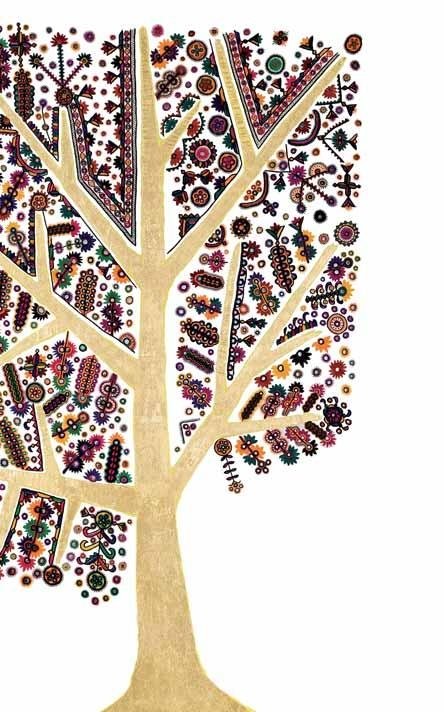Tarshito
dal 13/4/2009 al 24/4/2009
Segnalato da
13/4/2009
Tarshito
The Nehru Centre, London
Jugalbandhi. Encounters in Creation. An exhibition of paintings, wall hangings and folk arts by the Italian artist Tarshito in collaboration with the craft traditions of India. Complementing the show, there is a selection of objects (bowls, vessels, turtles, architectural models, human figures in celebrating postures) realized with the Apulian craftpeople.

Conceptualised by the Rome-based art curator and journalist Daniela Bezzi
in association with EJB Communications in London, this exhibition is the
first presentation in the UK of an outstanding creative collaboration with the
myriad crafts of India by the contemporary Italian artist, architect and art pro-
fessor Nicola Strippoli, better known by his Sanskrit name: Tarshito.
His first creative journey to the subcontinent in the mid-80s resulted in a se-
ries of objects and furniture pieces infused with a unique ritualistic quality, in
particular the series Carpets of Meditation of 1987. But it was in 2001 and
thanks to the guidance of mentors like Laila Tyabji (Chairperson of Dastkar),
O. P. Jain (Director of the Sanskriti Foundation) and especially Jyotindra Jain,
at that time Director of the Crafts Museum of New Delhi, that Tarshito had the
opportunity to propose a collaborative exhibition whose preparation lasted
more than one year.
Entitled The Gold and the Clay and conceived as a series of workshops
inside the Crafts Museum and around Delhi (and also in parts of Rajasthan),
that exhibition established Tarshito as one of the most vibrant interpreters of
art as a ‘confluence of traditions’.
As in the words of Jyotindra Jain, in his essay for the exhibition catalogue:
‘... the success of the collaborative work lay in the fact that the Indian counter-
parts of the project did not speak or understand Tarshito’s verbal language
nor did Tarshito theirs. From the beginning both were conditioned to work
with the language of each other’s inner vision and intuition...’
This new exhibition at The Nehru Centre aims to document how much
Tarshito’s creative path owes and also gives back to India, tapping the pri-
stine simplicity and richness of its myriad crafts. From carpet-weaving to
embroidery, from terracotta modelling to miniature painting, from the most
remote tribal traditions to his latest gigantic vases, Tarshito’s art defines itself
in terms of personal interaction and shared inspiration.
As a journey that in
every chapter speaks of his commitment to discovery and research.
Beside the stunning series of embroidered wall hangings on the theme of
The Warrior of Love (in association with Gauri and Parvati Bai and Manu
Ben, under the direction of Laila Tyabji, Dastkar), in dialogue with the first
prototype created in 1991 by Firak Di Bello, The Nehru Centre show will
feature works created in collaboration with:
Kamlesh and Umesh Ratna (Warli tribal painting tradition, Maharashtra)
Puspa Rao (Patachitra and palm leaf painting, Orissa)
Abdulgafoor and Samar Khatri Daud (Rogan art tradition, Gujarath)
Baua Devi (Madhubani tradition from Bihar)
Mukesh with Raju Swami and Ashok with Deepak Sharma (miniature
painting tradition of Bikaner, Rajasthan)
Manu Chitrakar (Pattua painter and story teller, West Bengal)
Kasam Adam Sangar and Aachar Maya Marvada
(from Kutch, Gujarath)
Elizabeth Bara Imam and Chamni Ganju (from the Hazaribagh School
of painting, Jharkhand)
Complementing the show, there is a selection of objects (bowls, vessels,
turtles, architectural models, human figures in celebrating postures) realized
with the Apulian craftpeople who have been contributing to Tarshito’s New
Humanity Project since the beginning: Benedetto and Benedetta Martinelli
(ceramists), Andrea Natuzzi, Deva Prem, Frank Ventura (art and drawings).
Opening 14 April at 6pm
The Nehru Centre,
8 South Audley Street, London
Open: From Wednesday 15 April till Saturday 25 April
(closed on Saturday 18 and Sunday 19 April)
Visiting hours: from 2pm to 8pm
Admission free



